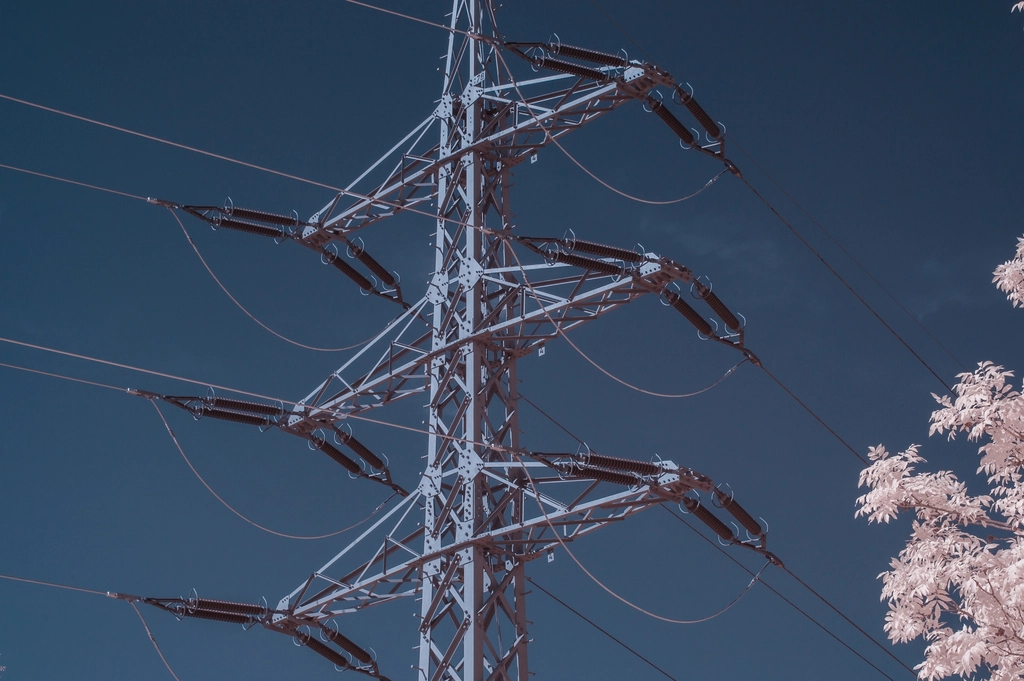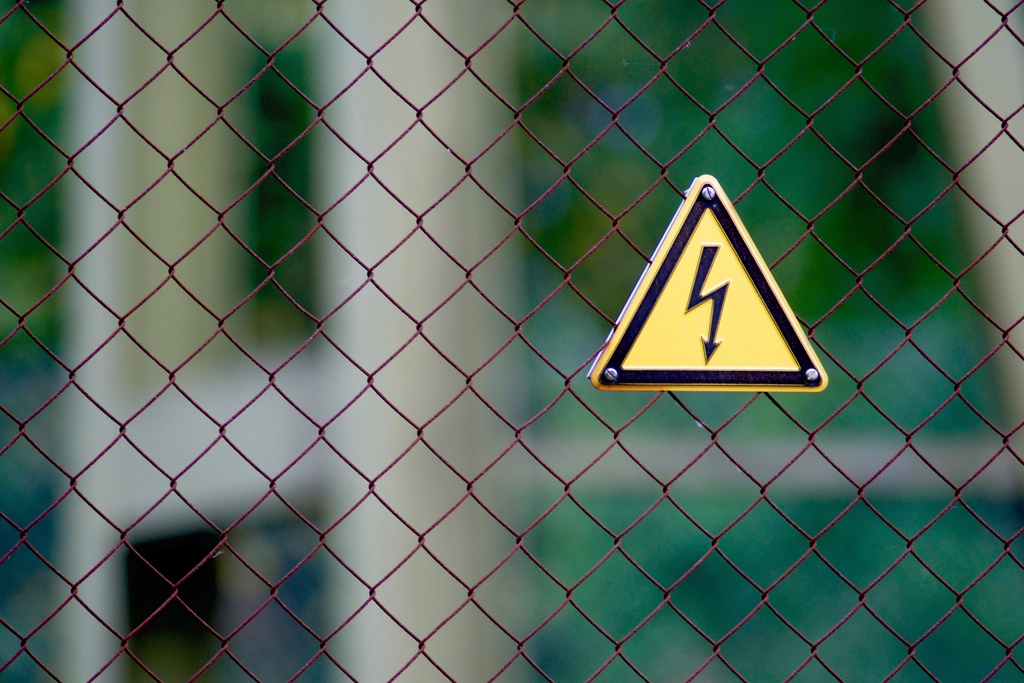Introduction: Navigating Voltage Regulation
Ah, Voltage Regulation!
The champion protecting our equipment, and our pockets, from the effects of electrical fluctuations.
We’ve all heard the term, but do we actually know how it works?
Especially in a high-demand field like construction, understanding voltage regulation can separate successful projects from those stuck in a perpetual cycle of repair and replacement.
Did you know that according to the Electrical Safety Foundation International, electrical failures cause more than 50,000 fires each year in homes, resulting in almost 500 deaths, more than 1,400 injuries, and $1.3 billion in property damage?
But how does this relate to voltage regulation in construction?
Stick with me as we explore the intricacies of voltage regulation.
In this article, we’re going to look at what voltage regulation is, why it is important, and the factors that affect it. We’ll also explore methods used for measurement, its applications in construction, and the mechanisms that make it possible.
With a dash of real-world implications and a sprinkle of practical tools, this article aims to shed some light on voltage regulation for you.
Table of Contents
Understanding Voltage Regulation in Construction

Definition of Voltage Regulation
Voltage regulation refers to the ability of a power supply to maintain a constant voltage level as the load varies from minimum to maximum value. In the context of construction, voltage regulation ensures that electrical equipment operates efficiently and safely, even when the demand for power fluctuates.
Importance of Voltage Regulation
- Prevents equipment damage due to voltage fluctuations
- Enhances the lifespan of electrical components
- Improves energy efficiency and reduces operational costs
- Ensures safety standards are met on construction sites
Factors Affecting Voltage Regulation
Load Variability
Load variability refers to changes in the amount of electrical power being consumed at any given time. Higher variability can make voltage regulation more challenging.
| Load Condition | Impact on Voltage |
|---|---|
| Light Load | Higher voltage readings |
| Heavy Load | Lower voltage readings |
Distance from Power Source
The distance between the power source and the point of use can significantly affect voltage levels. Greater distances typically result in higher voltage drops.
Quality of Electrical Components
The quality and type of transformers, conductors, and other electrical components can impact the effectiveness of voltage regulation.
Measuring Voltage Regulation
Voltage regulation is typically measured as a percentage. This percentage quantifies how much the voltage varies from its ideal level under different loading conditions. The formula for calculating voltage regulation is:
| Formula | Explanation |
|---|---|
| ((V_no_load – V_full_load) / V_full_load) * 100% | V_no_load: Voltage with no load V_full_load: Voltage with full load |
Applications in Construction
- Power Tools: Ensuring constant voltage helps power tools run efficiently and safely on-site.
- Lighting Systems: Consistent voltage levels ensure optimal performance of lighting systems, critical for safety and productivity.
- Heavy Machinery: Reliable voltage regulation extends the lifespan of heavy machinery and reduces maintenance costs.
For more about the basics of electrical engineering concepts, you can visit this electronics tutorials page.
Mechanisms of Voltage Regulation
Voltage Regulator Devices
A key tool in achieving regulated voltage is a voltage regulator. This device maintains a constant voltage level even when the load, supply voltage, or temperature change. Regulators can be either linear or switching.
- Linear Voltage Regulators: These devices function by dropping the excess voltage in a series-pass element to control the output voltage. They are simple and generate low-noise output but are less efficient because excess voltage is converted into heat.
- Switching Voltage Regulators: These regulators work by storing energy and then releasing it at a different voltage. They are more efficient than linear versions but can create noise issues, which need to be managed.
Voltage Stabilization Techniques
There are various methods to stabilize voltage in a power system. Some commonly used techniques are:
- Tap Changing Transformers: These transformers adjust the output voltage based on the varying load condition by changing the turns ratio of the transformer.
- Series Capacitors: By adding a series capacitor, reactive power is injected into the transmission line, minimizing line drop and helping maintain voltage levels.
- Shunt Compensators: These devices provide or absorb reactive power to regulate voltage and enhance power system capacity.
Regulated Voltage: Real-world Implications
Safety in Operation
Regulated voltage is crucial to maintaining the safe operation of construction equipment. Voltage dips or surges can cause malfunctions or, worse, accidents, especially with equipment and machinery that demands high power.
Quality and Efficiency
Stable voltage also directly impacts the quality and efficiency of work. For instance, power saws perform best at their rated voltage. Variations can alter cutting speeds and precision, leading to sub-optimal results and wasted resources.
Sustainability
The importance of regulated voltage isn’t limited to immediate work efficiency and safety. It also carries implications for sustainability. Good voltage regulation can minimize power losses and reduce the need for repairs or replacements, contributing to resource conservation on a broader scale.
Explore measure, test, and control theory further for practical application in your construction projects here.
Why Do We Need Voltage Regulation?

Protection of Sensitive Equipment
Voltage regulation plays a critical role in protecting sensitive electrical equipment and electronics from damage. Many modern devices, from computers to specialized construction tools, are highly sensitive to voltage fluctuations. Overvoltage can damage components, while undervoltage can cause devices to underperform or malfunction.
Compliance with Standards
Regulated voltage helps ensure compliance with local and international electrical standards such as the IEEE (Institute of Electrical and Electronics Engineers) standards. Compliance is crucial for avoiding legal issues and maintaining a safe working environment.
Minimizing Downtime
In construction, equipment and machine downtime can lead to project delays and increased costs. By keeping voltage levels stable, the risk of equipment malfunction is minimized, ensuring that projects proceed as scheduled.
Improving Power Quality
Voltage regulation is essential for improving overall power quality. Poor power quality can lead to inefficiencies and increased electrical losses. Stable voltage promotes efficient power distribution and reduces the likelihood of interruptions in the power supply.
Energy Savings
Voltage regulation contributes to energy savings by maximizing the efficiency of electrical systems. Efficient voltage regulation ensures that energy is not wasted through excess heat generation or other losses, which is particularly important in large-scale construction projects that have high energy demands.
Harmonizing Power Supply
For large construction projects, different parts of the site may have varying power supply needs. Voltage regulation helps harmonize the power supply across different site locations, ensuring that all equipment operates under optimal conditions irrespective of their position on the construction site.
Facilitating Renewable Energy Integration
With the growing trend towards integrating renewable energy sources like solar and wind into construction sites, voltage regulation becomes more crucial. Renewable energy sources are often intermittent and can cause fluctuations in power supply. Voltage regulators help smooth out these fluctuations, making renewable energy a more viable and stable power source on construction sites.
Wrapping Up: Importance of Voltage Regulation in Construction
The critical role of voltage regulation within construction may sometimes be overlooked, but as this article has highlighted, it is essential for the efficient, safe, and sustainable operation of a project.
Voltage regulation not only offers protection to sensitive equipment, but it also assists in meeting compliance with electrical standards, minimizing downtime, improving power quality, and saving energy.
Load variability, distance from power source, and the quality of electrical components greatly influence voltage regulation. To maintain a consistent voltage level, voltage regulation devices such as linear and switching regulators, and stabilization techniques such as tap changing transformers, series capacitors, and shunt compensators are employed.
In essence, careful attention to voltage regulation can facilitate the integration of renewable energy, harmonize power supply across site locations, and ultimately contribute to a more productive and secure construction environment.
Frequently Asked Questions – FAQs
What is voltage regulation in construction?
Voltage regulation in construction refers to the power supply’s ability to maintain a consistent voltage level, even as the load fluctuates. This process ensures the safe and efficient operation of electrical equipment on a construction site.
Why is voltage regulation important?
Voltage regulation is essential as it prevents equipment damage due to voltage fluctuations, enhances the lifespan of electrical components, improves energy efficiency, reduces operational costs, and ensures safety standards are met on construction sites.
How is voltage regulation measured?
Voltage regulation is typically measured as a percentage. The formula for measuring voltage regulation is ((V_no_load – V_full_load) / V_full_load) * 100%, where V_no_load is the voltage with no load and V_full_load is the voltage with a full load.
What tools are used for voltage regulation?
Voltage regulator devices, including linear and switching regulators, are used to maintain a constant voltage level. Techniques such as tap changing transformers, series capacitors, and shunt compensators are also used to stabilize voltage in a power system.
How does voltage regulation contribute to sustainability?
Well-regulated voltage minimizes power losses and reduces the need for repairs or replacements of equipment, thus contributing to resource conservation. It also assists in maximizing energy efficiency and facilitating the integration of renewable energy sources.






